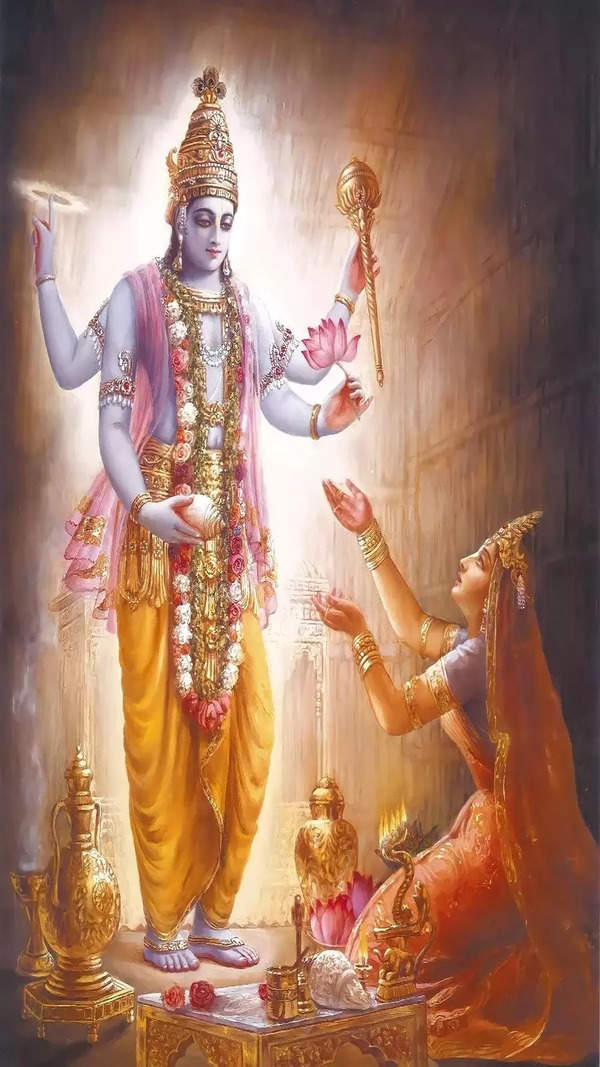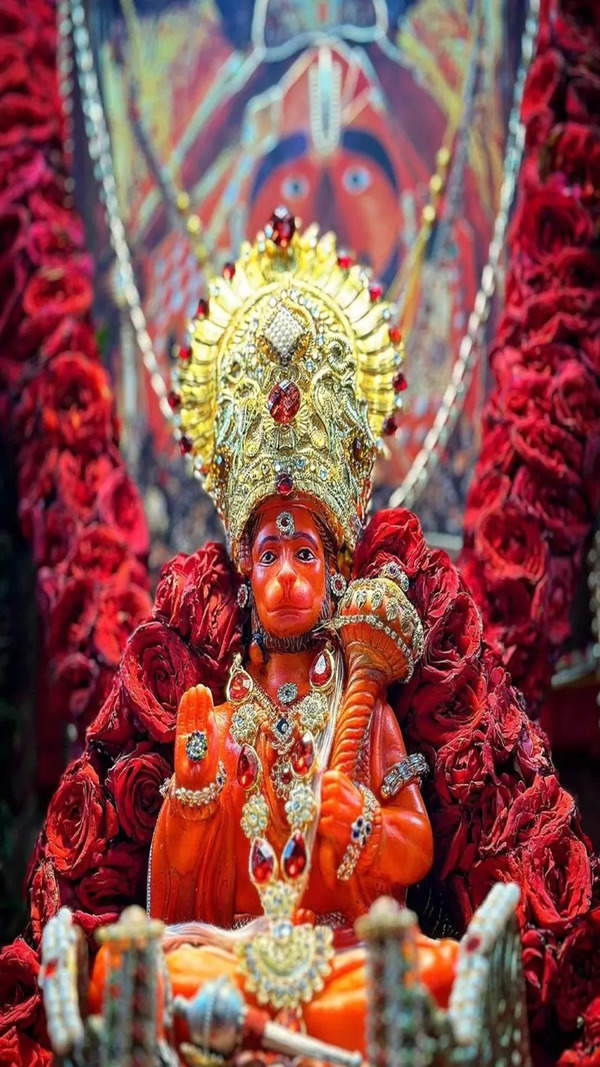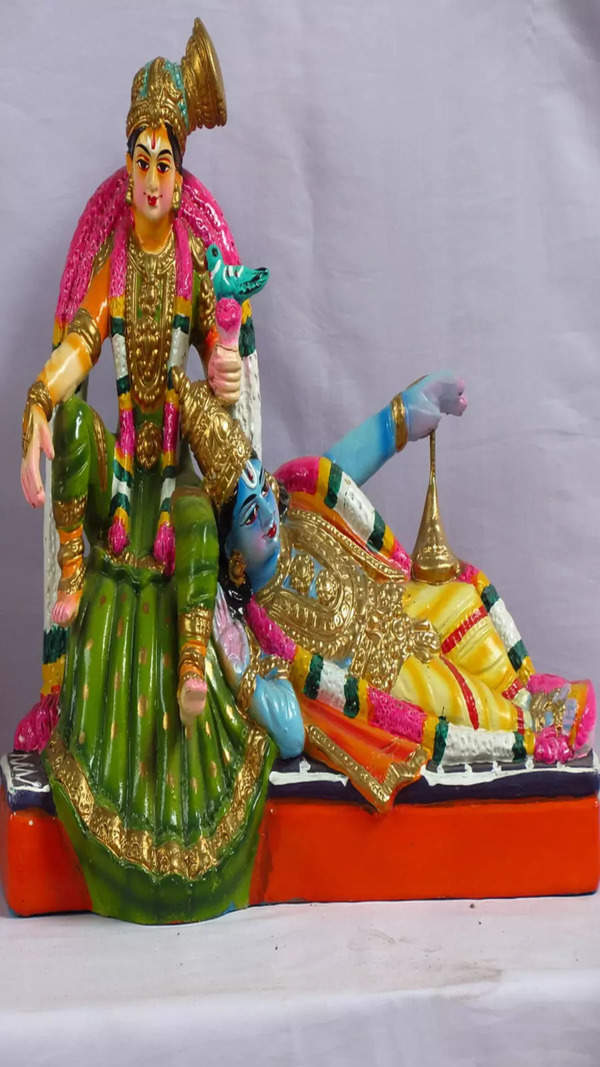- News
- Religion News
- Rituals & Puja News
- Navratri as Spiritual Detox: 9 days to cleanse your mind, body and soul
Trending
Navratri as Spiritual Detox: 9 days to cleanse your mind, body and soul
Navaratri, derived from Sanskrit, signifies a nine-night festival dedicated to goddess Durga. It emphasizes holistic detoxification through fasting, mindfulness, and devotion. Devotees consume easy-to-digest foods, practice meditation, and focus on spiritual texts. These activities cleanse the body, mind, and emotions, fostering overall well-being and preparing for renewed energy in life.

Image Source: Freepik
Physical Detox:
During navratri, devotees undergo complete or partial fasting from grains, processed food, and other heavy to digest edible items. This is in alignment with the body’s need to get rid of toxins accumulated over a period of time. They consume fruits, vegetables, nuts, milk, etc. These are easy to digest and help in natural detoxification of the body while enhancing the efficiency of the digestive system. Such Sattvik and lite food also helps in balancing the three doshas, i.e., kaph, vaat, and pitta, and hence enhances the body’s vitality.
āyuḥ-sattva-balārogya-
rasyāḥ snigdhāḥ sthirā hṛdyā
āhārāḥ sāttvika-priyāḥ
The above verse from Bhagavad Gita 17.8 also talks about such sattvik food.
Fasting includes a lot of intake of drinking water, coconut water, herbal teas, etc which facilitate waste removal from the body. Ingredients like ginger, cumin, and rock salt have detoxifying properties, and hence their consumption during the fasting helps in increasing digestion and detoxification.
Mental Detox:
Navaratri festival is designed to declutter the mind by focussing on mindfulness, meditation and inner peace. During this time, devotees chant Durga Saptashati, which is a section from Markandaye Purana spread across 13 chapters and 700 verses. Some devotees chant the Bhagavad Gita, which is also composed of 700 verses. The chanting of these texts increases one’s focus. Devotees also offer ghee lamps and flowers with devotion, which helps in developing mindfulness.
bandhur ātmātmanas tasya
yenātmaivātmanā jitaḥ
anātmanas tu śatrutve
vartetātmaiva śatru-vat
Here, Bhagavad Gita 6.6 also talks about decluttering and befriending the mind positively.
Emotional Detox:
nāmadheyāni kurvanti
sthānāni ca narā bhuvi
durgeti bhadrakālīti
vijayā vaiṣṇavīti ca
kumudā caṇḍikā kṛṣṇā
mādhavī kanyaketi ca
māyā nārāyaṇīśānī
śāradety ambiketi ca
The above verses from Srimad Bhagavatam (SB 10.2.11-12) list down a few names and forms of mother Durga.
During navratri, by meditating on nine different qualities of nine different forms of goddess Durga, one can get rid of emotional baggage and can enhance his/her emotional well-being.
Shailaputri represents courage, Brahmacharini symbolizes knowledge, Chandraghanta represents serenity, Kushmanda symbolizes vitality, Skandamata represents nurturing, Katyayani represents strength, Kalaratri represents destruction of evil, Mahagauri symbolizes purity, and Siddhidatri represents perfection.
Spiritual Detox:
During Navratri, practices like prayers, reading devotional texts, self-introspection, etc. help in exploring the inner journey and reconnecting with the spiritual aspect of life. Surrendering one’s ego to goddess Durga helps in developing humility and facilitates spiritual growth. Bhagavad Gita 18.66 also talks about surrendering in order to get contentment - sarvadharman parityajya maam ekam sharanam vraj. Navratri also signifies divine feminine energy, or shakti; therefore, a sincere practitioner of this festival can also awaken one’s inner positively directed shakti.
So, Navaratri is not just a religious festival; it also cleanses the body through fasting, calms the mind through meditation, eliminates the negative emotions through devotion, and reconnects with our soul through spiritual practices. It rejuvinates, resets, and prepares for the new cycle of life with the renewed energy.
Written by: Gauranga Das Prabhu, a member of ISKCON's Governing Body Commission and the director of ISKCON’s Govardhan Ecovillage (GEV)
End of Article
FOLLOW US ON SOCIAL MEDIA









